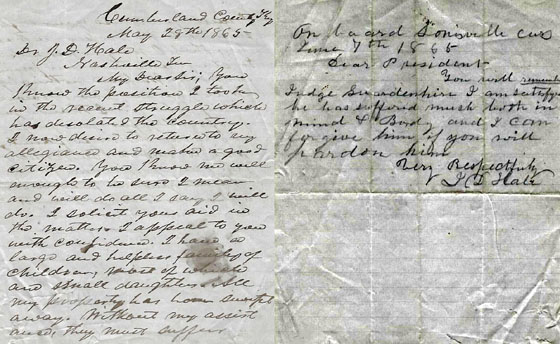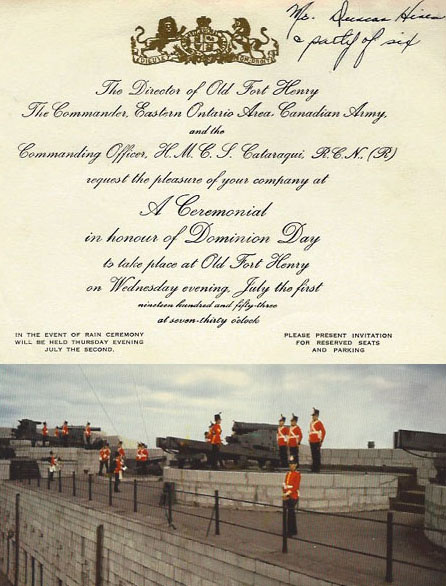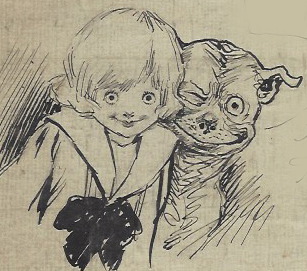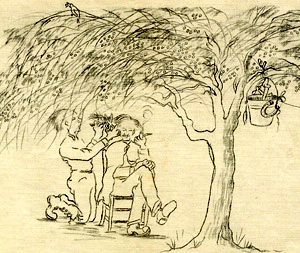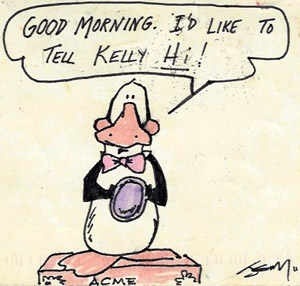When we last saw Civil War soldier George Messer in May 1863, the Illinois volunteer was at Camp Hobson (formerly Camp Joe Kelly) near Glasgow, Kentucky. He was grumbling about “dog tents,” two-man canvas shelters no better suited for canines than humans. Man’s best friend also gets a mention in another of Messer’s letters, recently added to the Manuscripts & Folklife Archives of WKU’s Department of Library Special Collections.
Writing two months earlier to his wife Lottie, Messer had been somewhat more content. Despite the cold temperatures of early spring, he was feeling well, had put on weight, and was hopeful that the war would end soon. He described the dramatic changes made to the local countryside by Union troops seeking to protect their position from surprise attack. “Timber around our camp it is to be cut off clean for five hundred yards all around,” he explained, “and five hundred more to be cut down and left lay.” So thick was the coverage of trees and brush “that when it is cut down you could not shove a dog through it backwards.”
His comrades on picket duty reminded Messer of “cows on a stormy wet day,” when they would “put their backs to the storm and turn up one side of their heads to try and shun as much of it as possible.” Nevertheless, the sentries had some fun with a lieutenant who had returned from town without his military pass, resulting in his brief incarceration in the guard house. Messer noted with satisfaction that such “Shoulder Strap gentlemen” were granted no easier passage than a private when they ventured outside of camp. In his “dog tent” letter, he had also expressed little affection for these epaulette-bedecked officers and their habit of grabbing credit for “great exploits” that were in fact the work of the common soldier.
Click on the links to access finding aids and typescripts of George Messer’s letters. Click here to browse our Civil War collections, or search TopSCHOLAR and KenCat.


